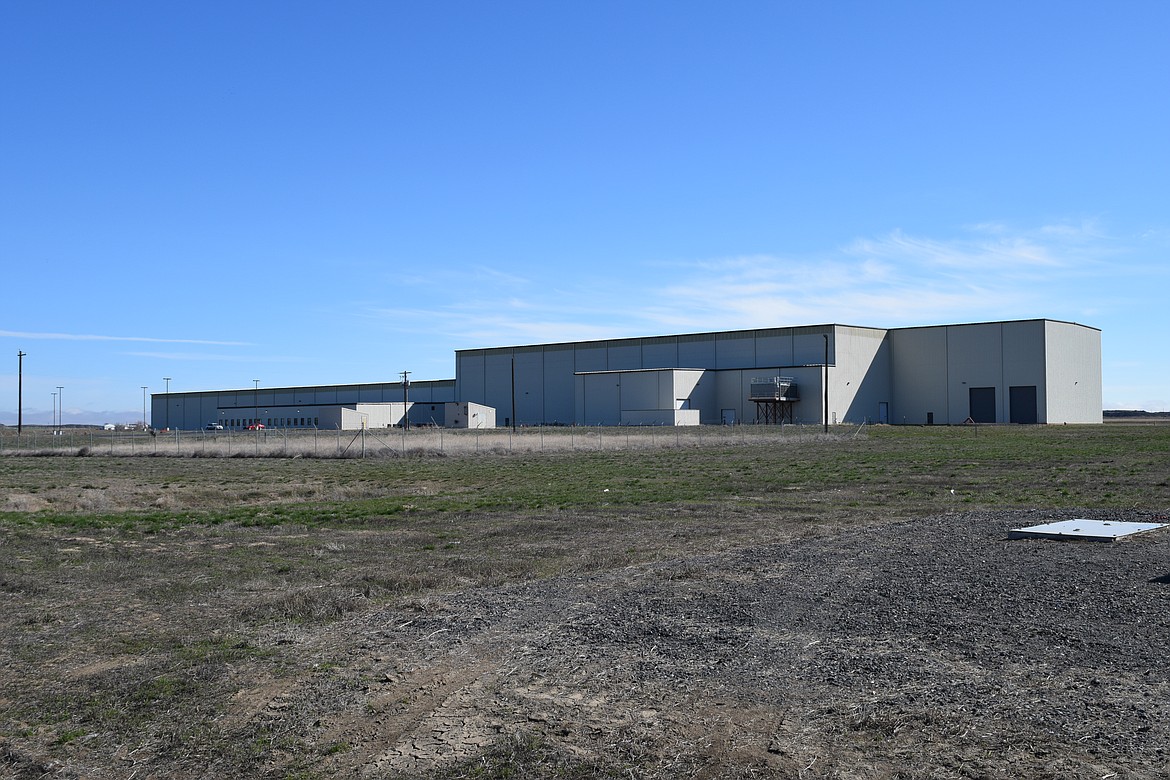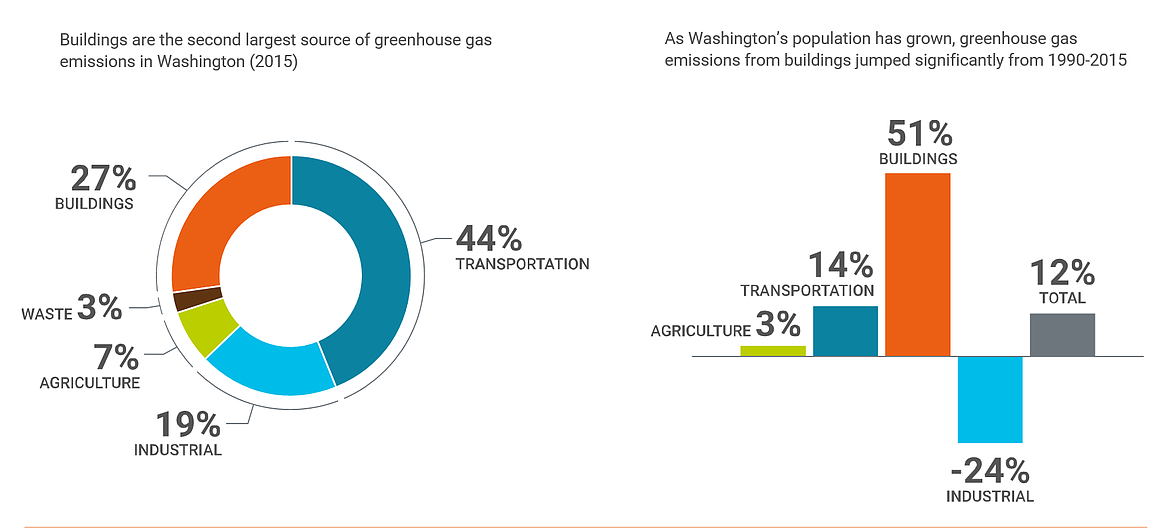Clean buildings
REDMOND — The Washington Legislature passed the Clean Building Performance Standard in 2019, and operators of commercial buildings now have set deadlines to ensure their properties 50,000 square feet and larger are in compliance with the law. While there are penalties for noncompliance, Albireo Energy’s VP and General Manager Ivan Aron says it’s also a matter of getting a return on investment.
Become a Subscriber!
You have read all of your free articles this month. Select a plan below to start your subscription today.
Already a subscriber? Login





